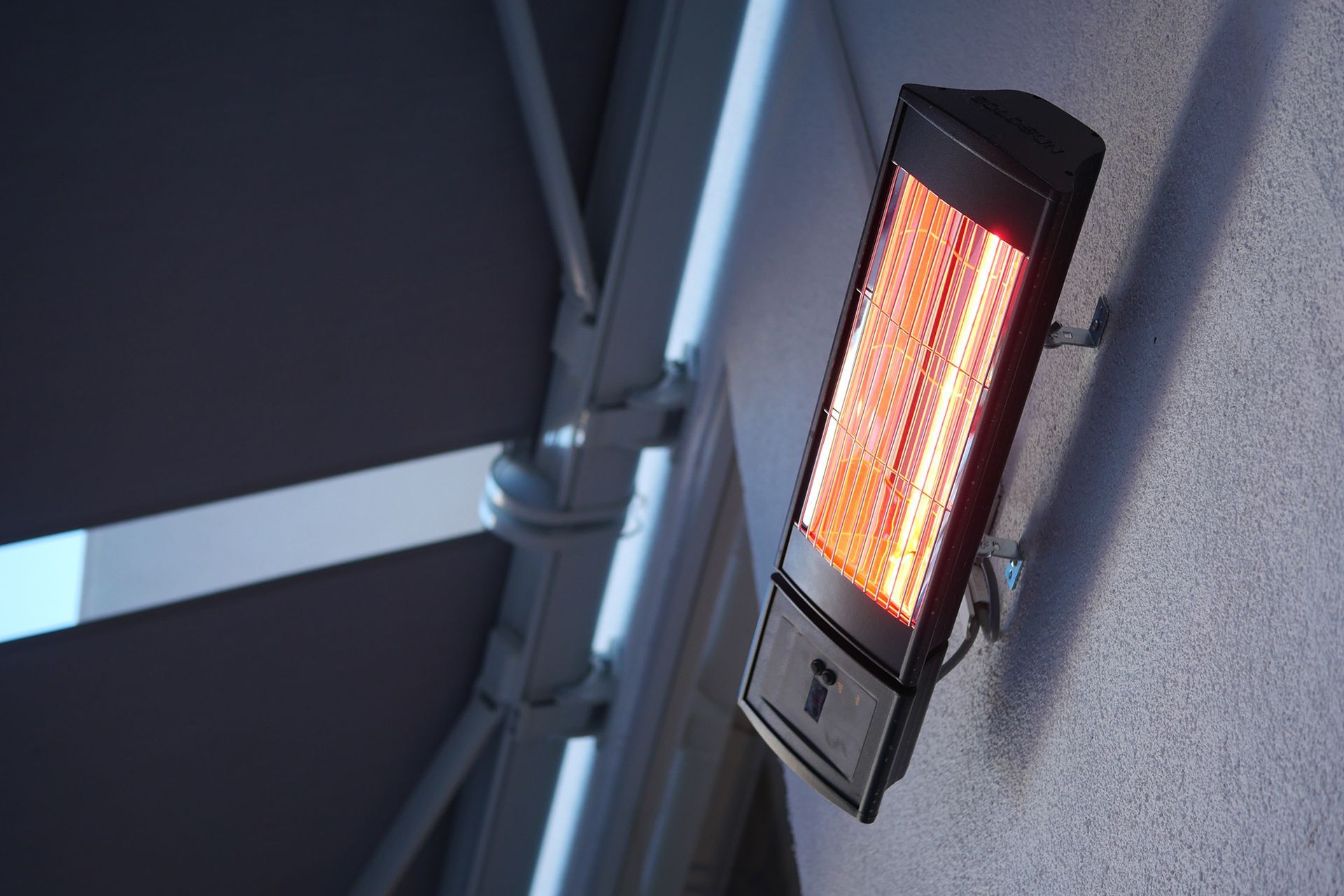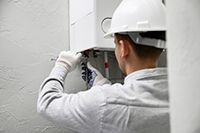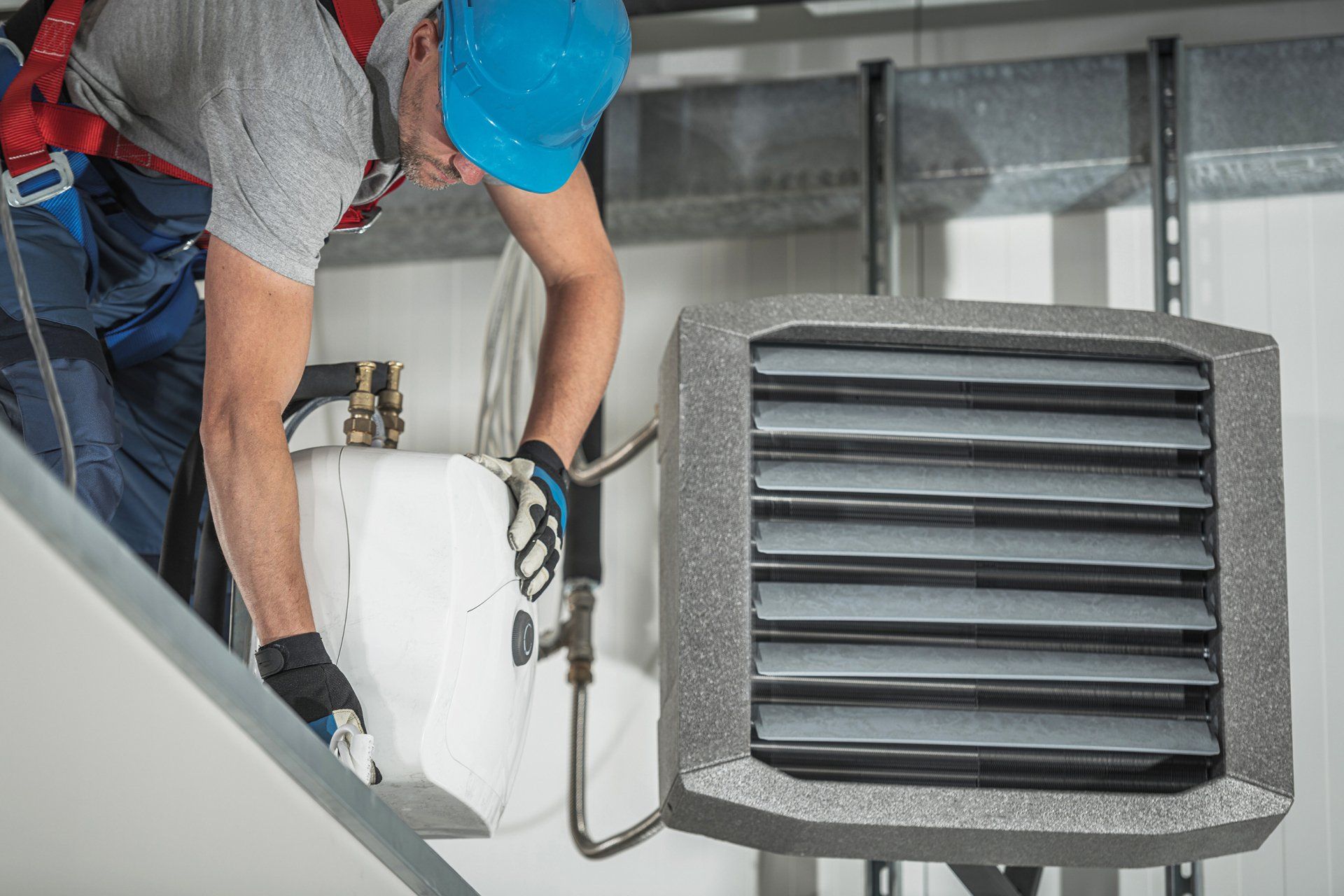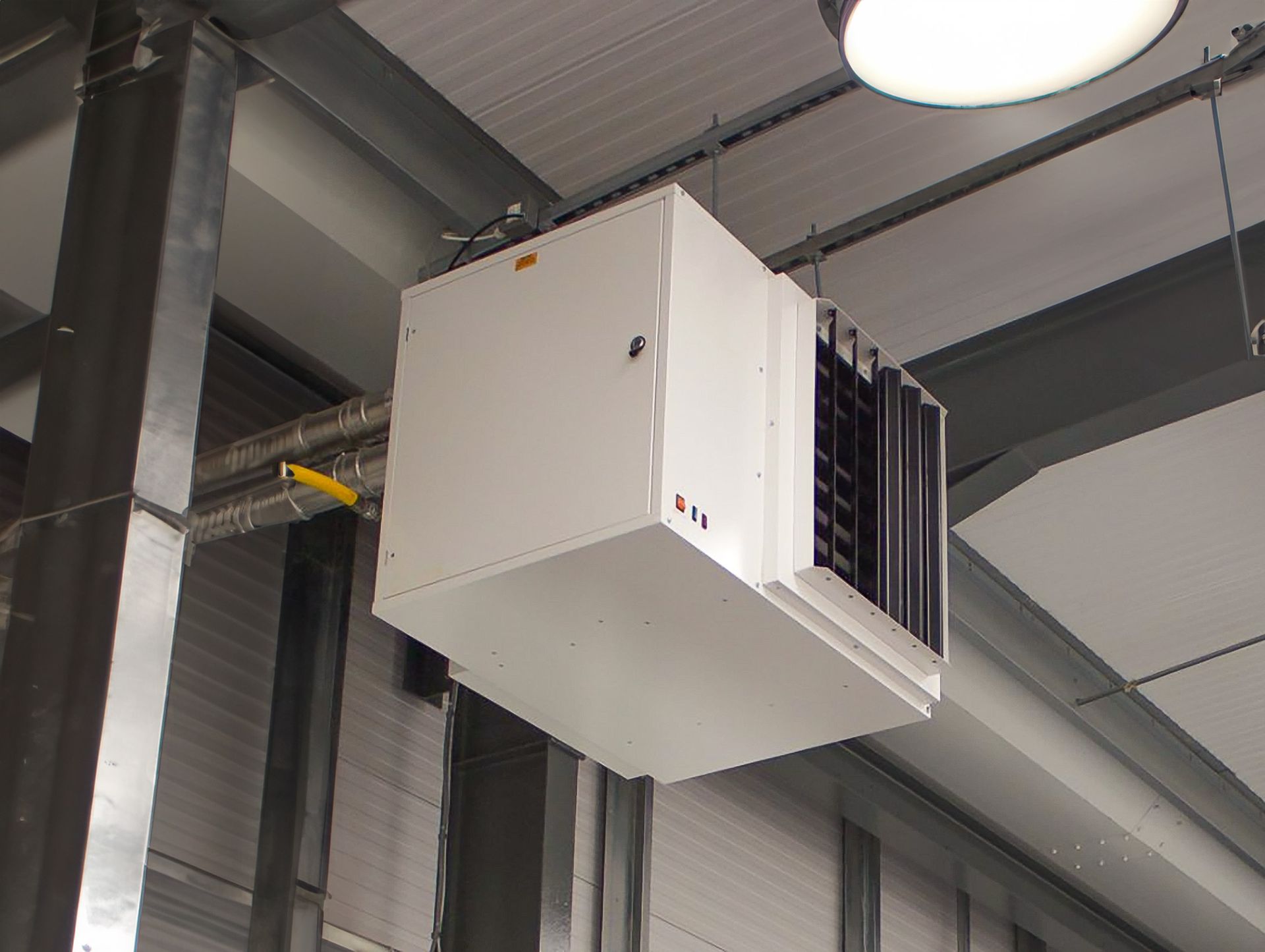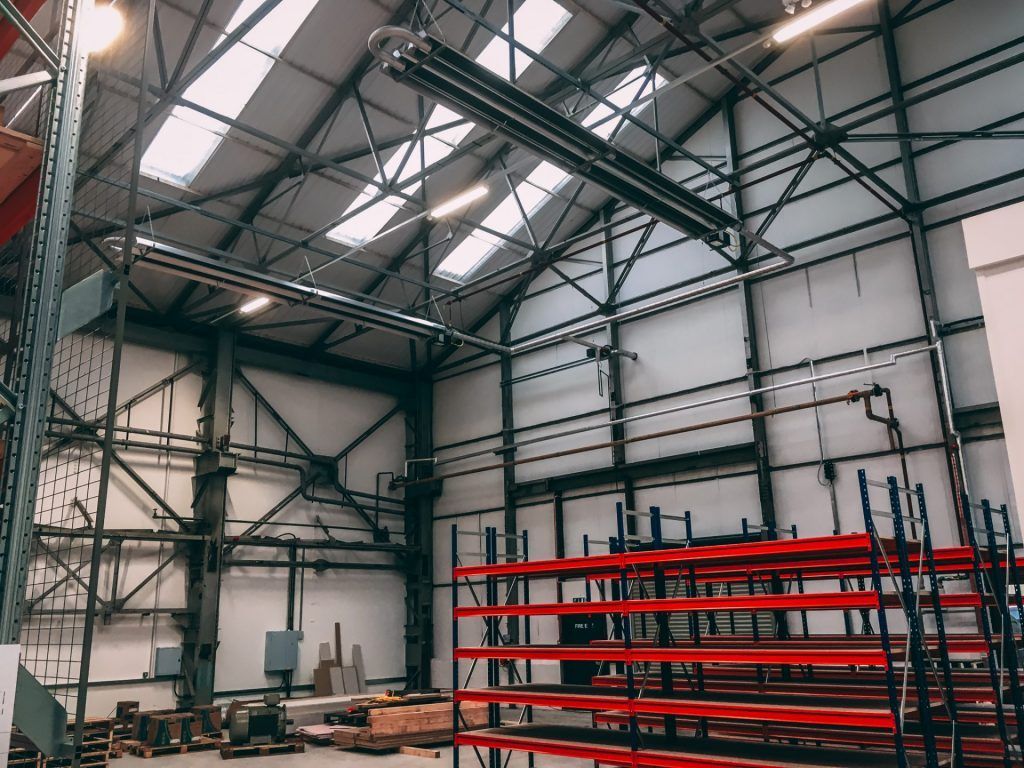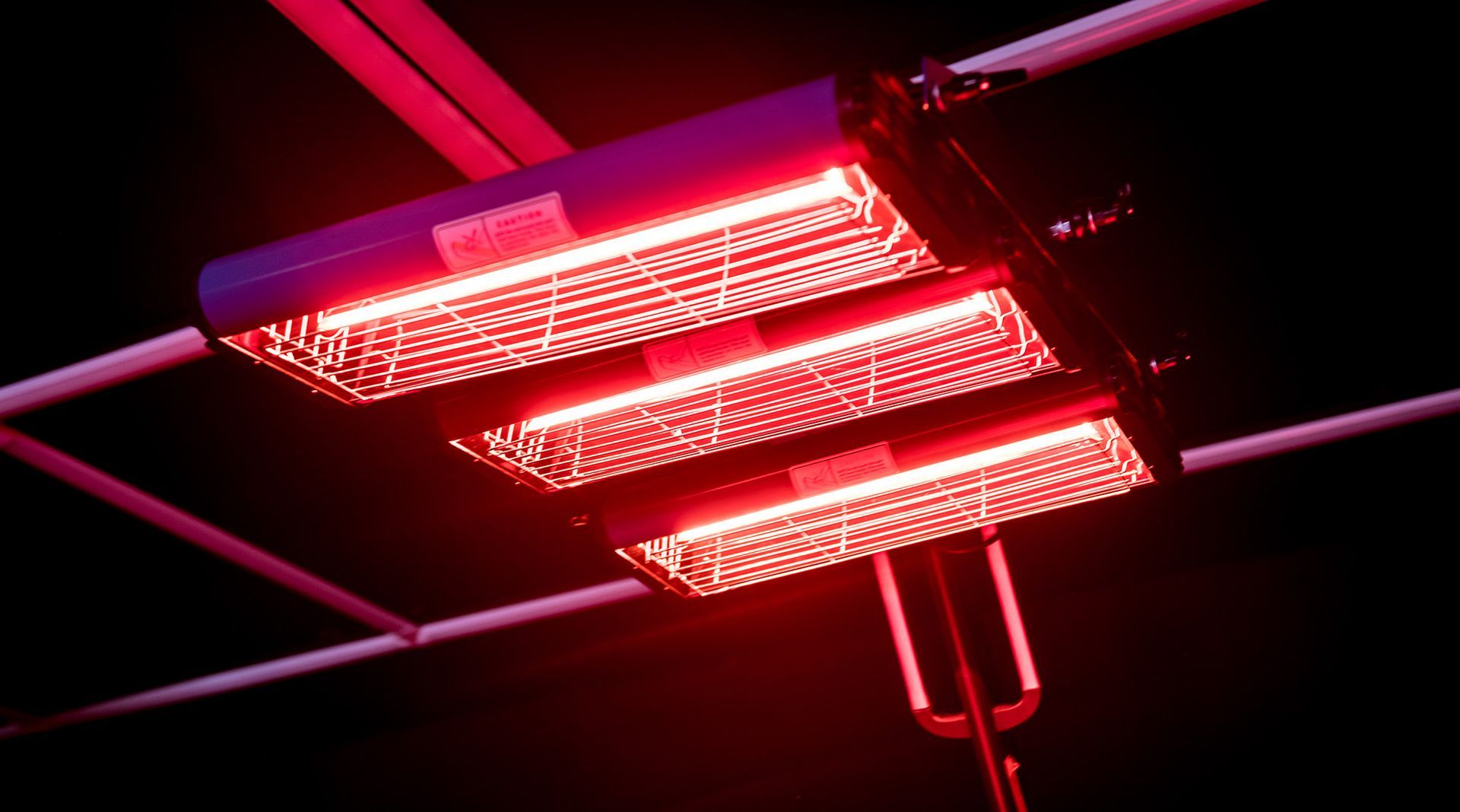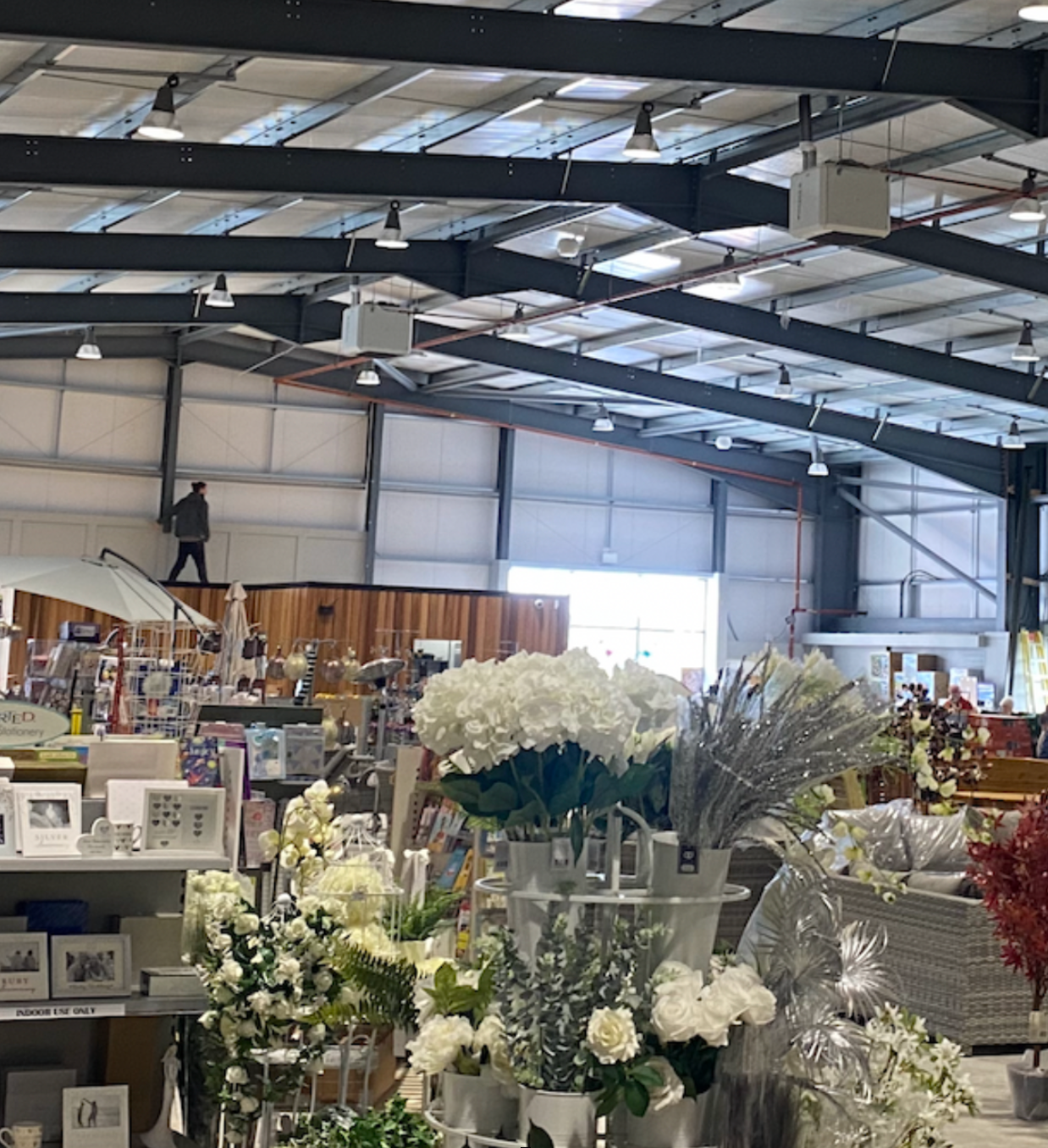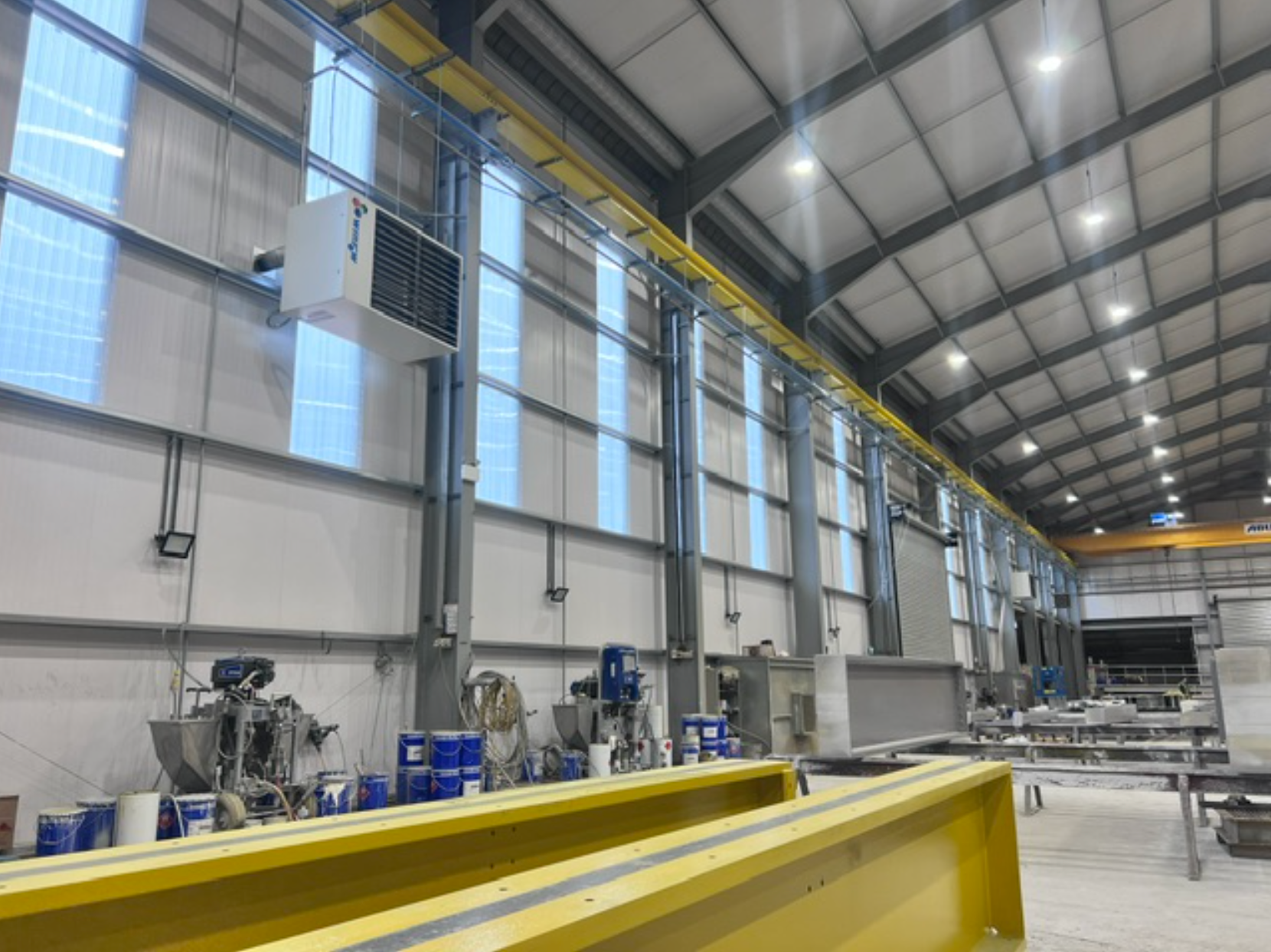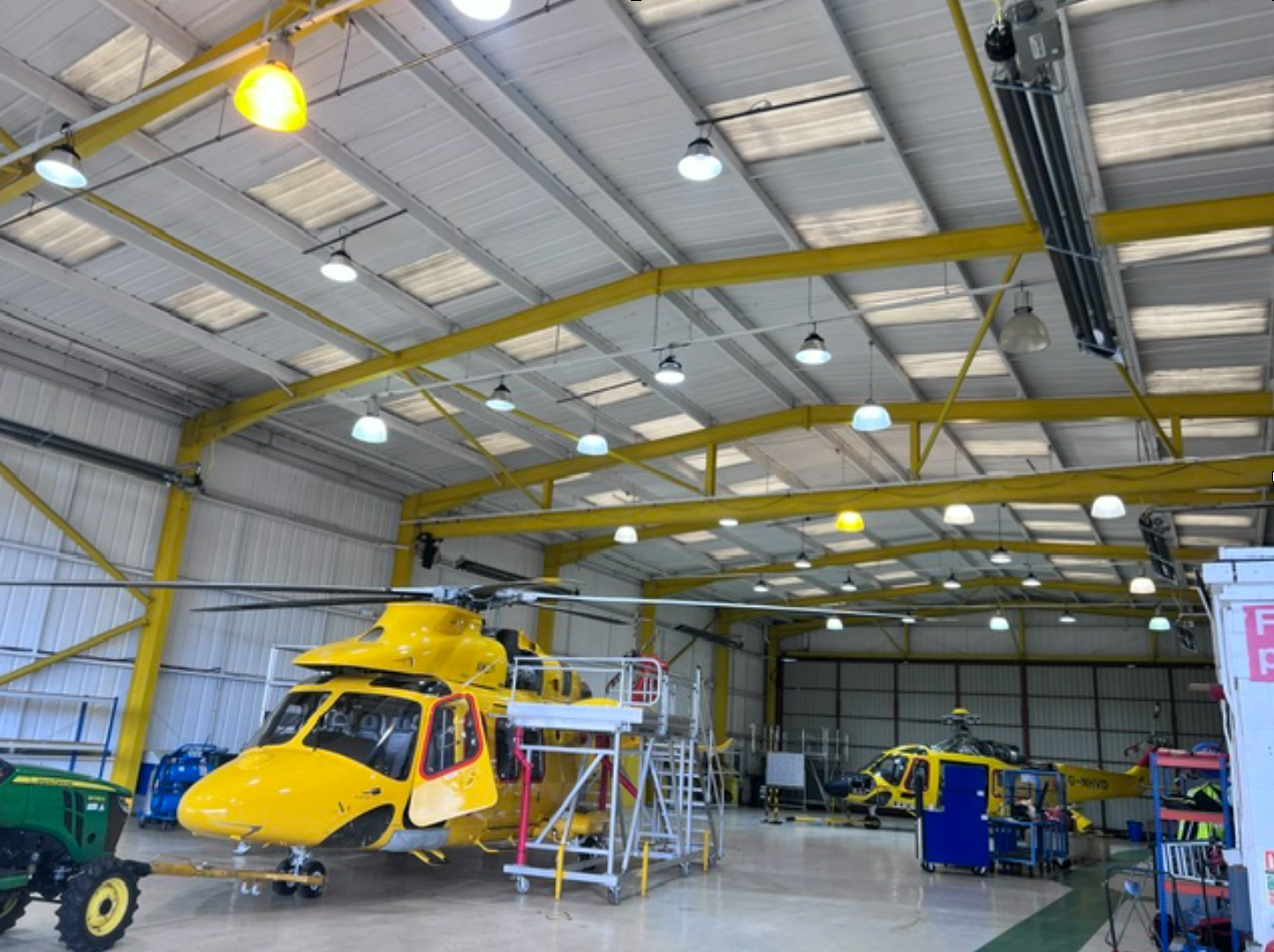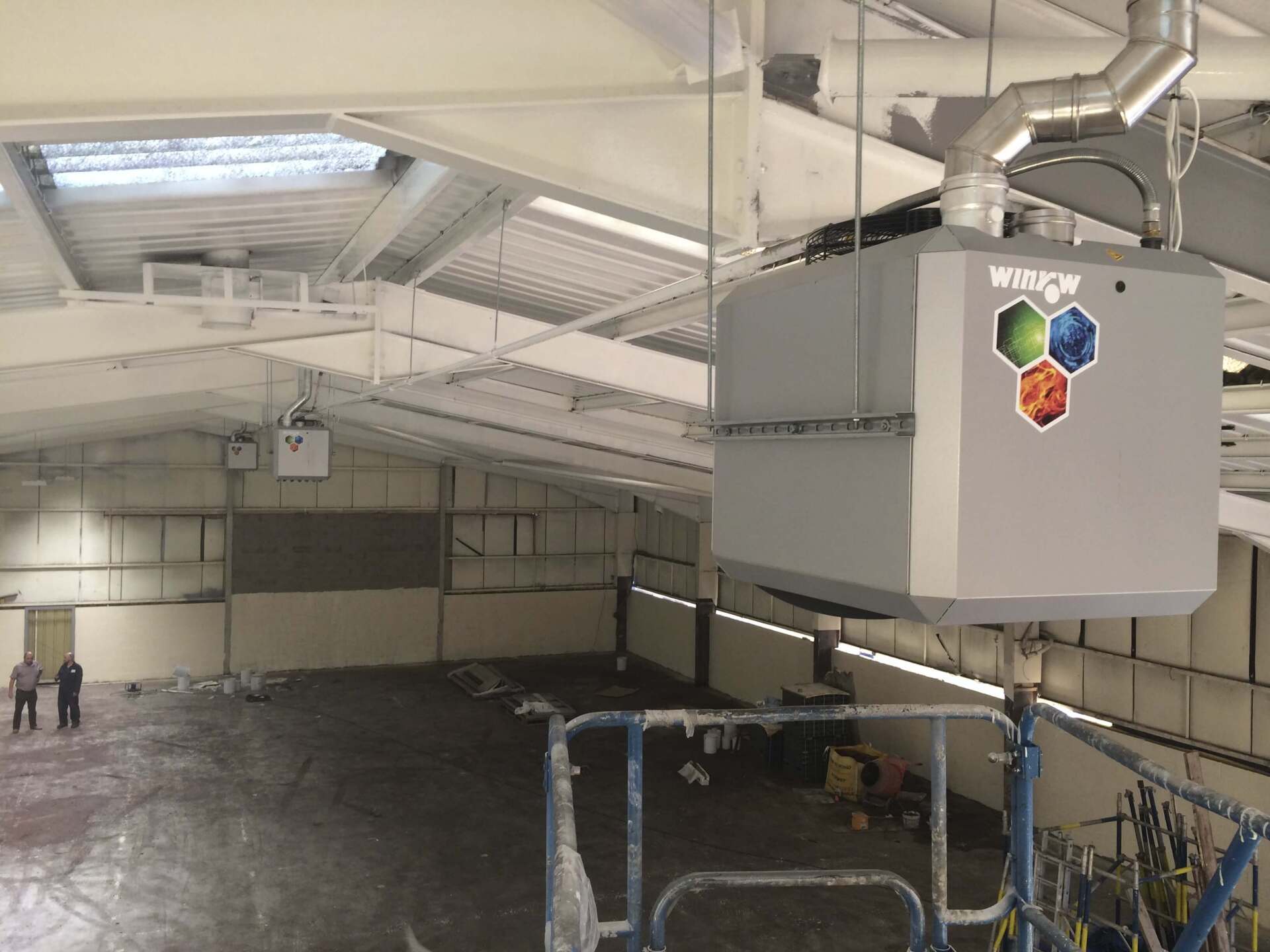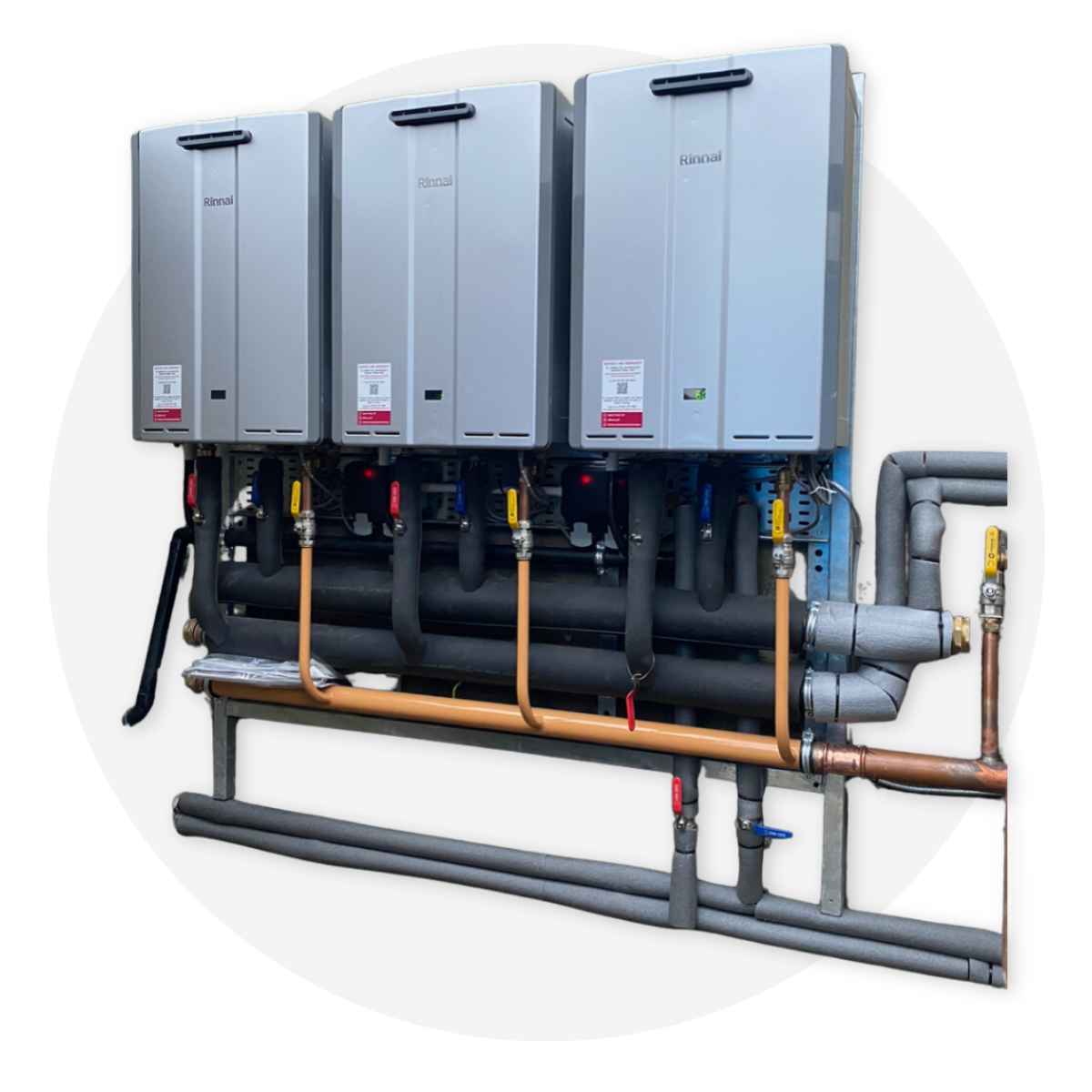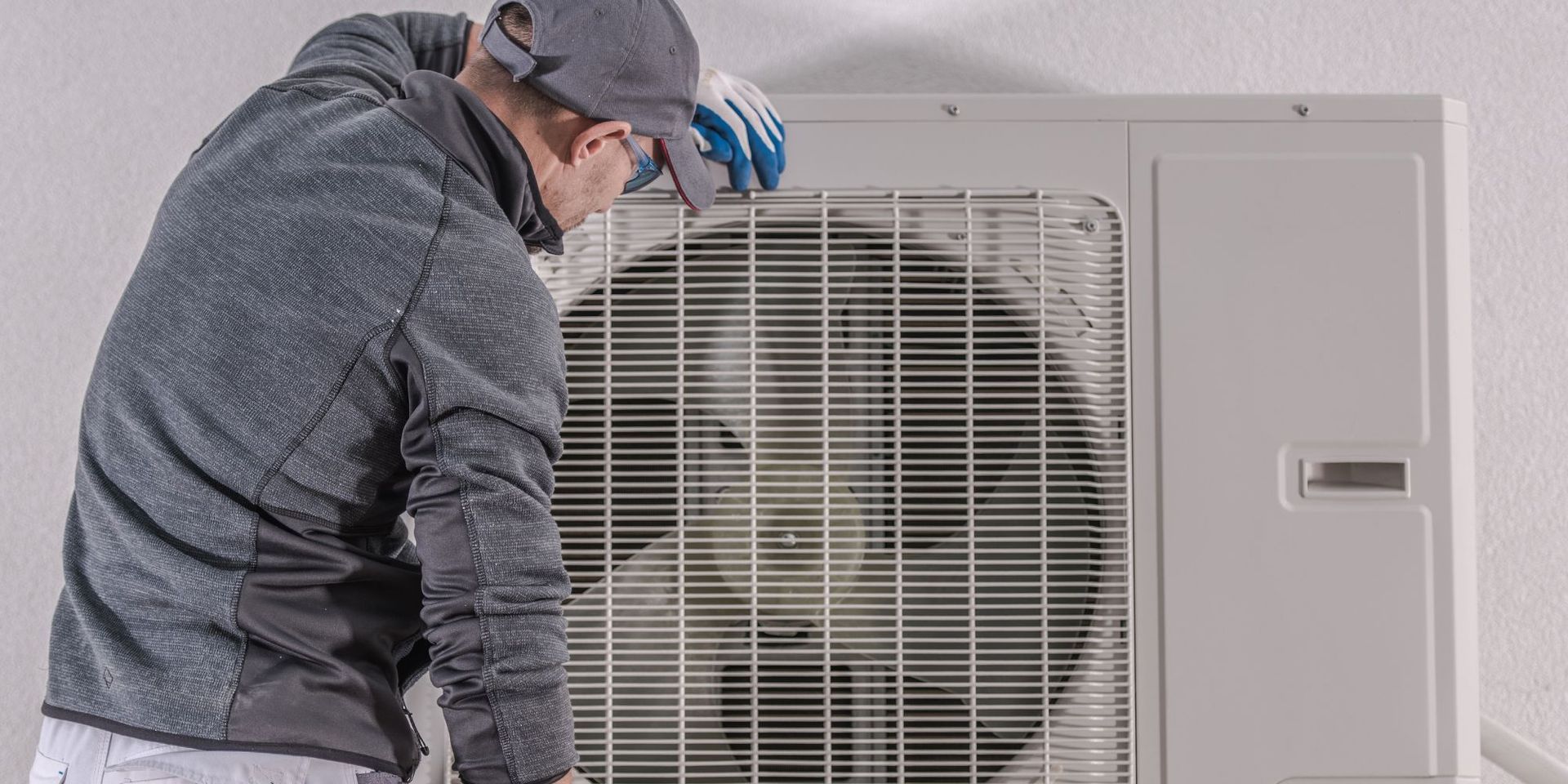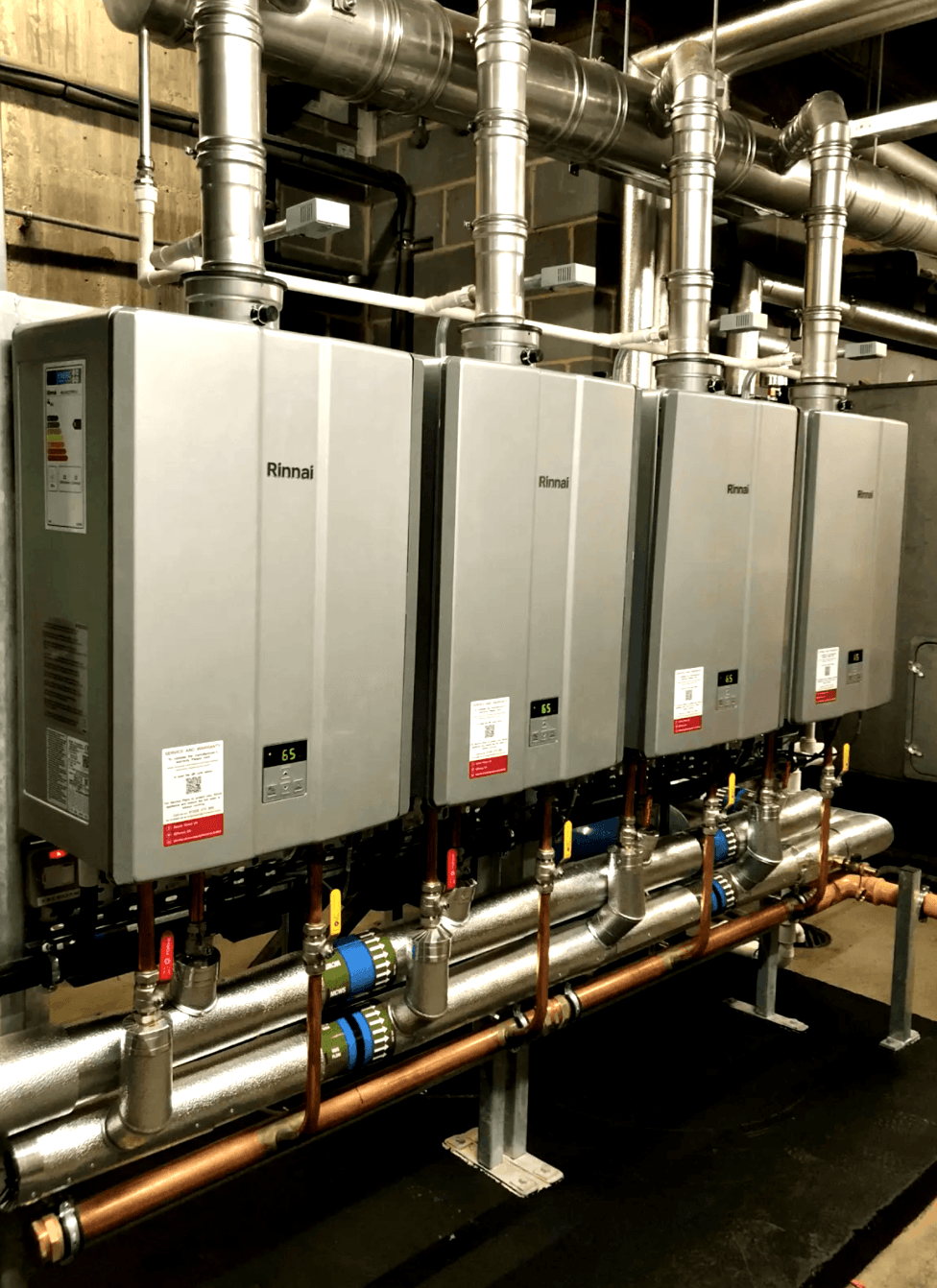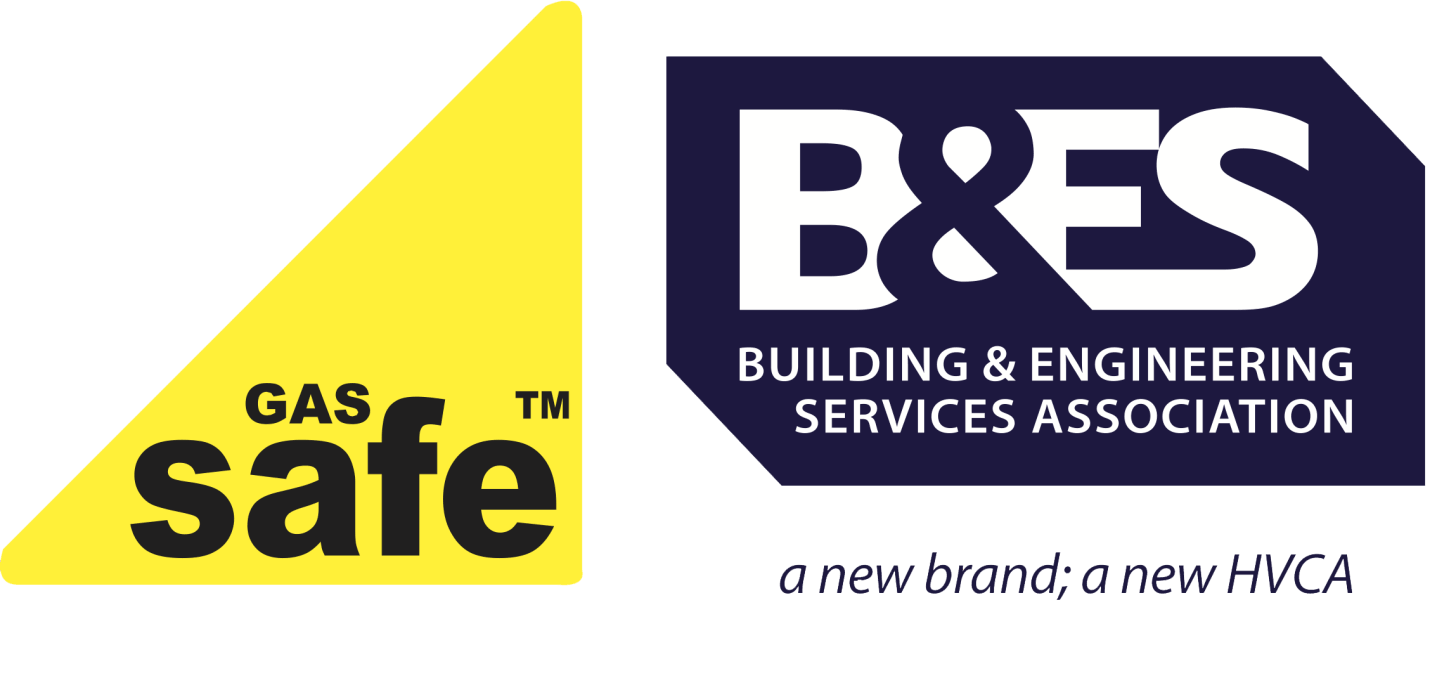Experience Radiant Comfort: High-Performance Radiant Heaters for Industrial Applications
Step into a world where industrial spaces are transformed by the unparalleled comfort and efficiency of high-performance radiant heaters. Picture this - a large warehouse where workers no longer have to huddle around inefficient heating sources, but instead, experience consistent warmth and comfort radiating from above.
As you consider the possibilities of radiant heating for your industrial applications, you'll find yourself drawn to the idea of an energy-efficient solution that provides not only warmth but also a level of control and reliability that traditional heating systems can't match.
Curious to uncover how radiant heaters can revolutionise your industrial space?
Advantages of Radiant Heating
In industrial applications, radiant heating offers numerous advantages, including efficient and targeted infrared heat distribution, making it a highly effective heating solution for large spaces.
Infrared heaters, a type of electric heating system, emit infrared radiation that directly heats objects and people in its line of sight, rather than heating the air. This targeted approach minimises heat loss and ensures that energy is used efficiently.
Radiant heating panels are designed to be energy-efficient, providing warmth precisely where it's needed, whether for indoor or outdoor applications. Their ability to deliver heat directly to specific areas makes them ideal for industrial settings, where maintaining a consistent and comfortable temperature in large spaces is crucial.
Additionally, these panels can be easily integrated with smart thermostats and control systems, allowing for precise regulation and optimisation of heating operations.
Industrial Applications of Radiant Heaters
Deploying radiant heaters in industrial facilities requires careful consideration of the specific heating needs and spatial requirements to ensure optimal performance and energy efficiency.
Industrial applications of radiant heaters are diverse, ranging from large manufacturing plants to warehouses, hangars, and outdoor spaces. Radiant heaters offer a highly efficient heating technology that can be tailored to suit the unique demands of industrial environments.
Infrared heaters, a type of radiant heater, are particularly well-suited for industrial use due to their ability to directly warm objects and people without the need to heat the surrounding air. This targeted approach results in significant energy savings and ensures a more comfortable working environment, especially in areas with high ceilings or frequent air exchange.
Industrial radiant heaters can be mounted on walls, ceilings, or columns, providing flexibility in installation and optimising space utilisation. Additionally, these heaters can be equipped with advanced controls, such as thermostats and timers, to further enhance energy efficiency and operational convenience.
The versatility of radiant heaters makes them a practical heating solution for various industrial settings, contributing to improved productivity and cost savings.
Energy Efficiency in Industrial Heating
With the diverse range of industrial applications for radiant heaters, it's imperative to optimise energy efficiency in industrial heating to ensure maximum productivity and cost savings. Infrared heating works by directly heating objects and people in its path, rather than heating the air. This targeted approach reduces heat loss and energy consumption, making it one of the most energy efficient heating options for industrial settings. When evaluating industrial heating solutions, it's crucial to consider the overall energy efficiency of the system to minimise energy bills and environmental impact.
Industrial heating systems should prioritise energy-efficient heat sources, such as infrared heaters, to achieve substantial cost savings over time. By utilising infrared heating panels, businesses can benefit from reduced energy consumption while maintaining optimal comfort levels for workers. Additionally, integrating advanced features like smart thermostats and zoning capabilities can further enhance energy efficiency by ensuring precise control over the heating process.
Ultimately, prioritising energy efficiency in industrial heating not only minimises operational costs but also aligns with sustainable practices, making it a strategic investment for long-term success.
Radiant Heating Panel Installation Tips
For efficient installation of radiant heating panels in industrial settings, consider conducting a thorough assessment of the designated mounting locations to ensure optimal performance and coverage. When installing infrared radiant heating panels in industrial applications, it's crucial to assess the layout and thermal requirements of the space.
Prioritise mounting the panels in areas where they can deliver direct infrared heat to the occupants or objects in the space. Ensure that the panels are securely mounted to the ceiling or walls using appropriate mounting hardware to prevent any safety hazards.
Additionally, consider the height at which the panels are installed to maximise their heating coverage while avoiding any potential obstructions. It's also essential to position the panels strategically to achieve uniform heat distribution throughout the industrial space.
When selecting heating options on the market, prioritise infrared radiant heaters that provide precise temperature control and energy efficiency to meet the specific heating needs of industrial environments.
Furthermore, consult with a qualified electrician or heating professional to ensure that the panel installation adheres to safety regulations and electrical codes. By following these installation tips, you can optimise the performance and effectiveness of infrared radiant heating panels in industrial settings.
Maintenance of High-Performance Radiant Heaters
To ensure the high performance of radiant heaters in industrial settings, regular maintenance is essential to uphold their efficiency and longevity.
Maintenance of high-performance infrared heaters in industrial applications involves several key steps.
First, it's crucial to regularly inspect the heating panels for any signs of wear, damage, or malfunction. This includes checking the surface for any cracks, dents, or discolouration that may indicate a need for repair or replacement.
Additionally, the cleanliness of the panels should be maintained to ensure optimal heat transfer and efficiency. Dust, dirt, or other debris on the surface of the radiant heaters can impede their ability to emit infrared heat effectively.
Furthermore, inspecting and tightening electrical connections, ensuring proper calibration of thermostats, and checking for any potential electrical issues are vital aspects of maintenance to guarantee the high performance of radiant heating systems.
Implementing a comprehensive maintenance schedule for these high-performance radiant heaters is essential to prevent downtime, maintain energy efficiency, and extend the lifespan of the heating panels in industrial environments.
Safety Considerations for Industrial Radiant Heating
When considering safety in industrial radiant heating applications, it's imperative to assess potential hazards and implement proactive measures to mitigate risks. Infrared heaters are commonly used in industrial applications due to their efficiency in providing targeted heat.
However, safety considerations are paramount when utilising radiant heating in industrial settings.
One crucial aspect is to ensure that the installation of infrared heaters complies with all relevant safety standards and regulations. Additionally, it's essential to conduct regular maintenance checks on the heating panels to detect any malfunctions or potential safety issues.
Electric heating, especially in industrial environments, requires careful attention to prevent electrical hazards. Proper insulation, grounding, and overheat protection mechanisms are vital to ensure the safe operation of radiant heaters. Furthermore, the placement of heating panels should be carefully planned to avoid any potential contact with flammable materials or interference with other industrial equipment.
In industrial settings, safety protocols and employee training programs should include specific guidelines for working around radiant heating systems. This includes understanding safe operating distances from the heaters and how to respond in case of any malfunctions or emergencies.
Smart Thermostat Integration for Radiant Heaters
Integrating a smart thermostat with radiant heaters enhances control and efficiency in industrial heating systems, allowing precise temperature management and energy optimisation. Smart thermostat integration enables the seamless operation of infrared heaters, ensuring that they operate at the most energy-efficient levels. By connecting the smart thermostat to the radiant heating system, you can remotely monitor and adjust the temperature settings, ensuring that the industrial space is heated according to specific requirements. This level of control not only enhances comfort but also contributes to substantial energy savings.
In industrial applications, the integration of smart thermostats with radiant heaters is crucial for maintaining a consistent and comfortable environment while minimising energy consumption. The ability to program heating schedules based on occupancy patterns and specific heating needs optimises energy usage, making electric heating more cost-effective. Additionally, smart thermostats can be integrated with other building management systems, providing a comprehensive approach to energy management.
This level of connectivity allows for data-driven insights into heating patterns and energy usage, enabling informed decision-making for further efficiency improvements. Integration with smart thermostats represents a significant advancement in the realm of radiant heating for industrial settings, offering precise control and energy-efficient operation.
Ceiling-Mounted Radiant Heating Solutions
Ceiling-mounted radiant heating solutions offer an efficient and space-saving method for providing targeted infrared heat in industrial environments. These ceiling heaters are designed to deliver high-performance radiant heating, making them ideal for a wide range of industrial applications. By mounting the heaters on the ceiling, you can optimise floor space and ensure even heat distribution throughout the area.
In industrial settings, where floor space is often a premium, ceiling-mounted radiant heating solutions provide an effective way to deliver infrared heat exactly where it's needed without occupying valuable space. These heaters are designed to emit infrared radiation that directly heats objects and people in its path, providing a comfortable and efficient heating solution for workers and equipment.
Ceiling-mounted radiant heating solutions are engineered to be energy efficient, with some models offering smart thermostat integration for precise temperature control. This level of control allows for tailored heating in specific zones within the industrial space, optimising energy usage and providing a comfortable environment for workers.
When considering heating options for industrial applications, ceiling-mounted radiant heating solutions should be a top consideration due to their high-performance capabilities and space-saving design.
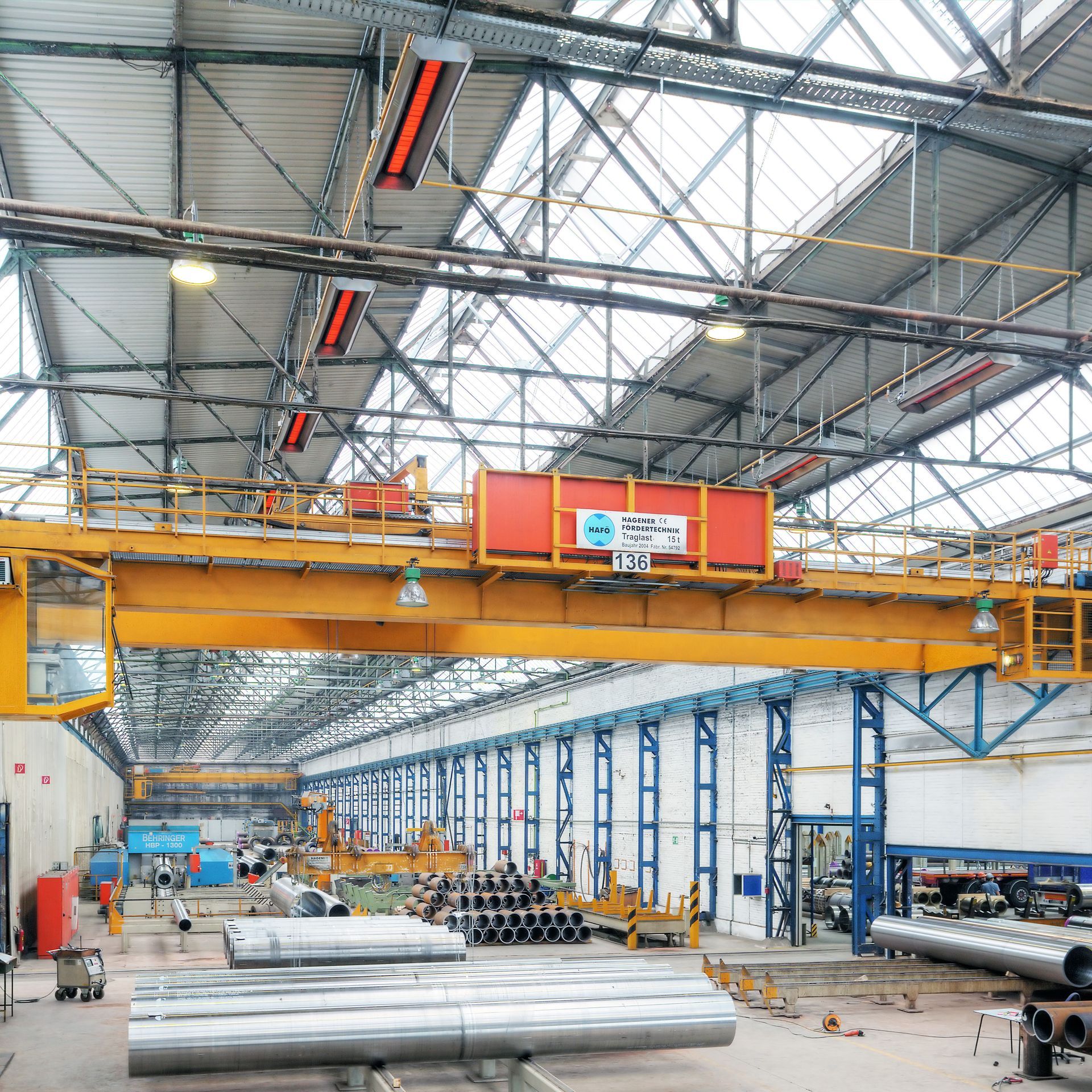
Conclusion
In conclusion, high-performance radiant heaters offer unparalleled comfort and energy efficiency for industrial applications.
With advanced features like WiFi connectivity and precise thermostats, you have complete control over your heating system, ensuring optimal comfort and energy savings.
The installation tips, maintenance guidelines, and safety considerations outlined in this article will help you make the most of radiant heating technology, creating a truly comfortable and efficient environment for your industrial space.
Frequently Asked Questions
Share This Post.
Latest News | Winrow Industrial Heating
